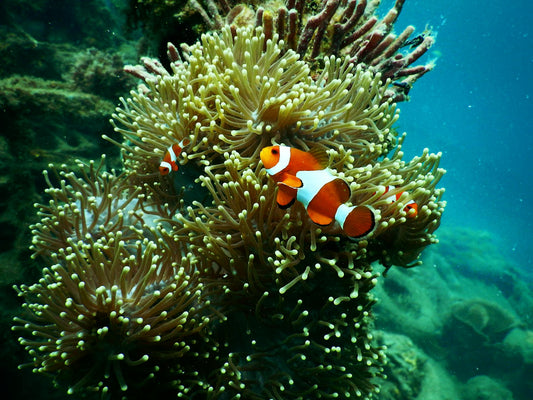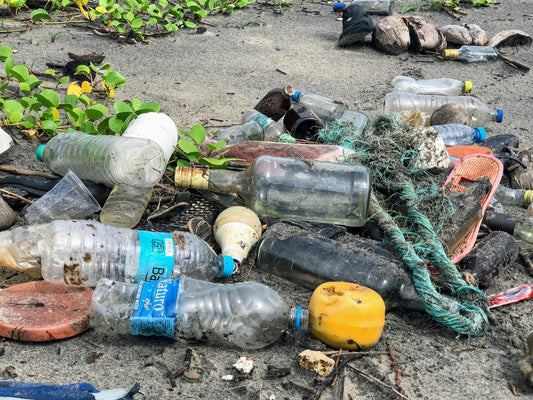Share
Global Green Fund: Nations Agree to Rally $200 Billion Annually for Nature by 2030
A congregation of international allies convened in Rome to hammer out an environmental financial strategy intended to produce a yearly fund of $200 billion U.S. dollars by 2030. The overriding goal is to halt the persistent ongoing destruction of our natural world and to establish efforts for its preservation and restoration. Amongst the participating nations were the BRICS countries – Brazil, Russia, India, China, and South Africa. However, the United States, the world's super economy, was conspicuous in its absence.
Challenges Overcome, Triumph Declared:
The initiative, launched under the auspices of the United Nations COP16 talks on biodiversity, initially faced hurdles last October in Colombia when consensus could not be reached on key issues. These included the donor body, the process of collecting funds, and the managing authority. The announcement of the deal is thus hailed as a triumph against the odds, not just for nature but for international partnership and diplomacy.
From the Maple Leaf State: Canada’s Role in Global Environmental Diplomacy
On the international platform, Canada has emerged as a leader in the financial blueprint to save the world's natural habitats. Canadian representatives, under the leadership of federal Environment Minister, Steven Guilbeault, successfully managed negotiations with an impressive 196 countries, securing a global commitment to protect 30% of the world's lands and oceans. Since this momentous agreement in Montreal in 2022, Canada has decisively acted upon the decision, injecting funds into local nature conservation, which notably included an investment of $200 million for Inuit-led conservation in the Arctic.
To New Funds or Not: A Point of Discussion
Delegates at the gathering also discussed the necessity of creating a new biodiversity fund, a proposal brought forward by some developing countries. The counterproposal suggested that an existing fund, such as the one run by the Global Environment Facility (GEF), would suffice. Over the past three decades, the GEF has poured more than $23 billion U.S. into thousands of nature conservation projects.
The Desperate Hour: Urgent Calls for Action
The urgency of the situation is underscored by alarming data from the World Wide Fund for Nature's 2024 Living Planet Report, displaying a concerning 73% decrease in the average size of wildlife populations since 1970. Addressing the financial aspect, the Zoological Society of London's policy head, Georgina Chandler, is urging governments to fulfill their commitment to provide $30 billion U.S. annually by 2030, with the goal of putting an end to and then reversing the loss of biodiversity.
Laying the Foundation: Getting the Ducks in a Row
The final pact arrived at in Rome will facilitate the execution of the momentous Kunming-Montreal Global Biodiversity Framework (GBF) agreed upon in 2022. This pact dictates that countries adhere to various environmental targets, including the technical monitoring of progress, and the agreement that develops nations should produce a comprehensive national report on each of their biodiversity strategies at the next nature conference (COP17) in Armenia, scheduled for 2026. As we tiptoe slowly but hopefully towards the COP30 climate talks in November, it's going to be a busy year for environmental diplomacy.
We hope you enjoyed this article. Please feel free to leave a comment below if you want to engage in the discussion.
If you want to read more like this, make sure to check out our Blog and follow us on Instagram. If you are interested in truly sustainable products, check out our Shop.
Check out the original source here.








